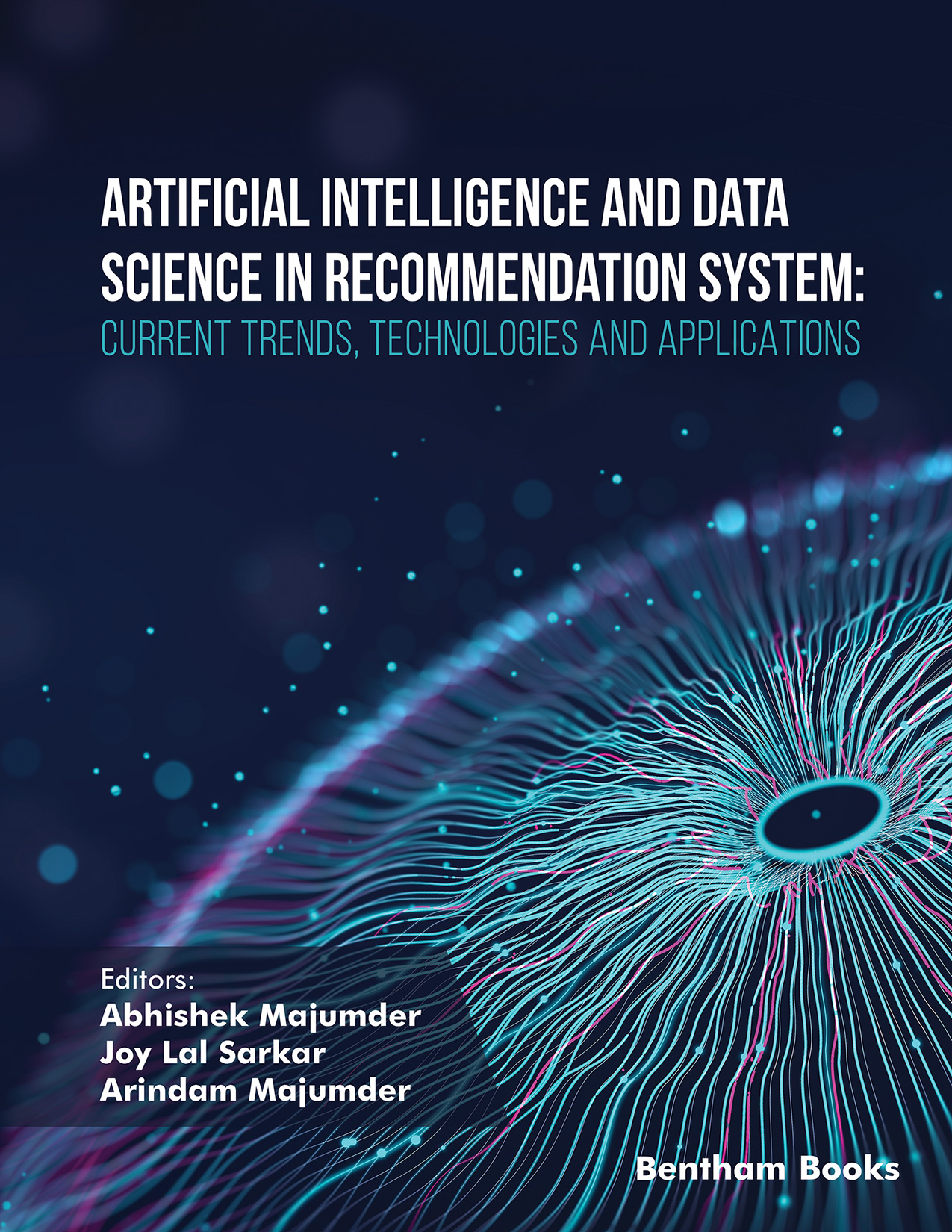Introduction
Artificial Intelligence and Data Science in Recommendation System: Current Trends, Technologies and Applications captures the state of the art in usage of artificial intelligence in different types of recommendation systems and predictive analysis. The book provides guidelines and case studies for application of artificial intelligence in recommendation from expert researchers and practitioners. A detailed analysis of the relevant theoretical and practical aspects, current trends and future directions is presented.
The book highlights many use cases for recommendation systems:
- - Basic application of machine learning and deep learning in recommendation process and the evaluation metrics
- - Machine learning techniques for text mining and spam email filtering considering the perspective of Industry 4.0
- - Tensor factorization in different types of recommendation system
- - Ranking framework and topic modeling to recommend author specialization based on content.
- - Movie recommendation systems
- - Point of interest recommendations
- - Mobile tourism recommendation systems for visually disabled persons
- - Automation of fashion retail outlets
- - Human resource management (employee assessment and interview screening)
This reference is essential reading for students, faculty members, researchers and industry professionals seeking insight into the working and design of recommendation systems.
Audience: Computers science academicians, professionals and students, researchers and engineers working on AI models and recommender systems.

